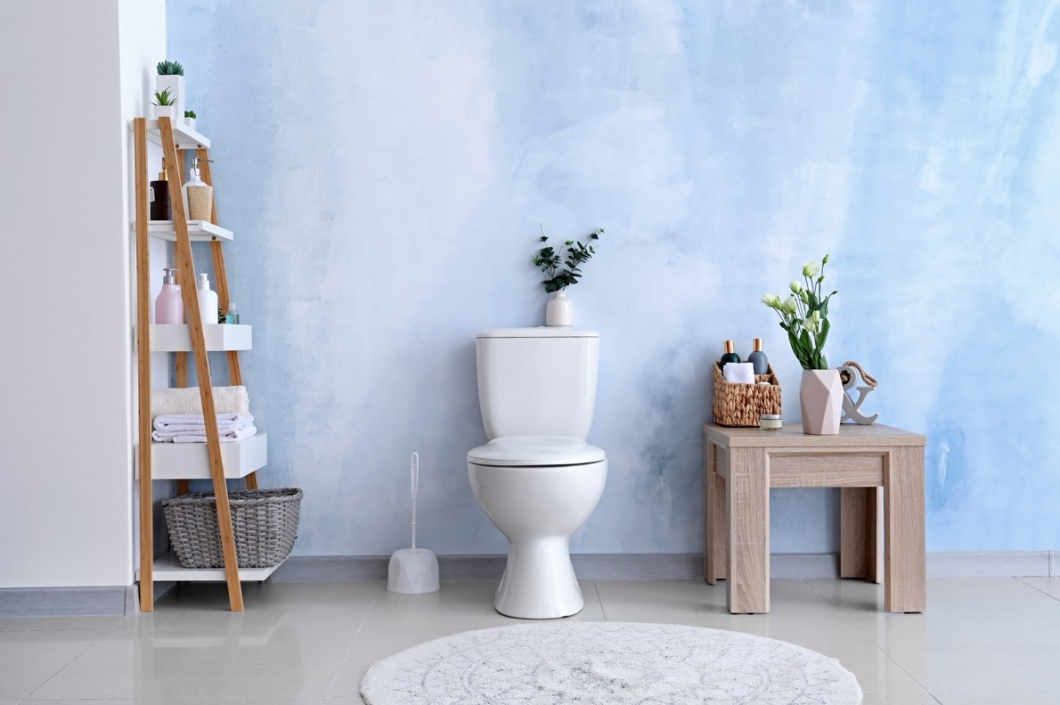Flushing the toilet is a task so simple that it’s easy to take for granted. That is, at least, until you have a problem with your toilet that only happens after you flush. If your toilet is making noise long after you’ve sent the waste on its way, you will need to do some investigating to correct the cause of this problem. To help save you some time, here are a few steps to help you tackle a noisy toilet.
Perform a Dye Test
In many cases, noises after flushing occur because of a leak from the toilet tank to the bowl. One easy way to detect a leak is to perform a dye test. Add several drops of food coloring to the water in the tank and then leave the toilet undisturbed for several hours. Then, check the water in the bowl. If any of the dye from the tank is in the bowl, you know that your toilet has a leak. This is a leak that happens when the flapper fails to seal properly. When it doesn’t seal properly, the water leaks through the valve into the bowl. Sometimes this fix is as easy as adjusting the flapper to be directly over where it’s supposed to be.
Check Under the Hood
Except for extremely high-end toilets, the working parts of most toilets are fairly simple. By checking “under the hood,” that is, in the toilet tank, you can often spot problems that lead to unusual toilet noises. You may notice, for example, that the flapper is loose, causing water to leak out of the tank. You may also see that the fill valve is corroded, meaning that it may not be shutting off properly after the tank is full. Additionally, you’ll be able to see if the chain that pulls open the valve is caught on something or disconnected. If this is the case, you can typically reattach the chain simply by placing the end of the chainlink back onto the flapper. If this tends to happen a lot, consider using pliers to clamp the chain into place so it doesn’t come undone as easily.
Call a Plumber
If you’re unsure about what’s causing your noisy toilet, it’s best to call a plumber. In some cases, a noisy toilet can indicate a more serious plumbing issue that a professional will need to address. Rather than risk making a mistake that could cause serious damage to your home, allow a plumber to investigate and repair whatever’s causing your issue. This is especially true if you think that the noise is coming from a leaking pipe in the wall or something more serious like that. Every moment that you wait with a leaking pipe is another moment that you may damage other parts of your home such as the wood and drywall in your walls or even more seriously with the foundation of your home caused by flooding that you weren’t even aware was happening.
Replace Internal Parts
One great thing about working on a toilet is that most of the components required to fix the toilet are fairly inexpensive. This means that if you want to track down the cause of your noisy toilet, you can simply replace various components until the problem is solved. This method works because there are often unseen flaws in certain components that lead to problems with your toilet. By replacing the components, you can rest assured that you’ll find and correct the problem. If you don’t know the name of the piece, you can typically look it up online or even just talk to someone at a local home improvement store in the plumbing department as they typically recognize those parts. Starting with things like the seal on an old flapper may be a good start.
Of course, if you are going to replace parts, make sure that you turn off the water running to your toilet and flush the toilet until the tank is empty. Sometimes, you may need to use a towel to soak up any excess water in the tank as well, depending on the shape of your tank and what type of toilet you have. Once the part that you are replacing is dry, you can usually use basic tools such as a wrench or screwdriver to properly remove the old part and replace it with the new one. Make sure that you place the new parts properly and in the proper orientation so that they work properly.
Also, consider tightening and loosening different parts to see if that fixes any issues without needing to replace the part completely. Sometimes, parts have slowly loosened over time. Tightening it can be a quick fix. However, if age and water have made it expand so that it doesn’t fit as tightly as before, it is likely that you will need to completely replace the part instead of just tightening it. This can be especially true for parts that have threads on them made out of plastic or rubber. However, even metal bolts or ceramic can have small fractures that you can’t see with your eyes that cause the problem.
Don’t Wait
However you choose to tackle your noisy toilet, it’s important to take action quickly. If your toilet has a leak, you’re likely wasting water, which will lead to higher water bills over time. By taking action quickly, you can remove the annoying noise problem and help conserve water.

